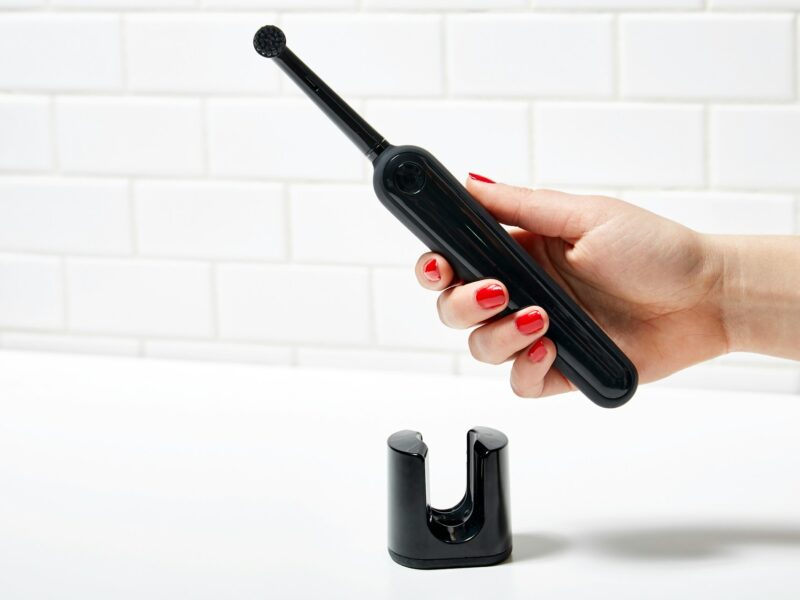Increasingly, healthcare providers are integrating hospital services with primary and community healthcare. This new healthcare delivery approach offers consumers benefits such as improved flexibility, a person-centered approach, and cost-effectiveness.
However, there are some obstacles to consumer-focused innovation in the healthcare sector. Among them are status quo organizations, which often resist such moves, financial challenges, and consumers’ general disinclination to pay for medical services.
Contents
Patient Engagement
Patient Engagement is an innovative approach to health care delivery for patients that involves them in decision-making. It leads to better health outcomes and helps patients become more accountable to their healthcare providers, Sam Lee Prospect Medical, and themselves.
The first level of engagement, direct patient care, involves receiving information about a disease or condition and answering questions about their preferences for treatment. It then progresses to involvement, partnership, and leadership, in which patients and their caregivers make treatment decisions based on medical evidence, clinical judgment, and patient preferences.
The second level of engagement, organizational design, and governance, focuses on healthcare organizations reaching out for consumer input to ensure they will be as responsive as possible to their needs. The third level, policy-making, aims to involve consumers in the decisions that communities and society make about policies, laws, and regulations that affect public health and health care.
Chronic Disease Management
Chronic disease management is an innovative approach to health care delivery for patients struggling with a chronic condition. It aims to improve the quality of life of these patients by helping them control their symptoms and manage their medications so that they can continue living everyday, productive lives.
A practical approach to disease management involves a multidisciplinary team of physicians, pharmacists, nurses, dieticians, and other clinical professionals who help patients with their medical conditions and offer support in the home. It can also include patient education to help patients better manage their health.
A disease management program aims to ensure that people with chronic conditions receive appropriate treatment to keep them healthy and reduce their costs. This is done by educating patients about their illness, teaching them how to monitor their disease, and providing them with information on medication safety, nutrition, exercise, mental health, and social support. These programs are becoming increasingly important to healthcare organizations as they seek to lower costs and increase patient outcomes.
Telemedicine
Telemedicine is an innovative approach to health care delivery for patients, and it’s becoming more popular in the United States. It can make healthcare more accessible and less expensive for people living in remote areas, and it can help reduce no-shows and cancellations.
Telehealth is also an excellent way to keep track of patients who haven’t been seen for a while, and it can be an effective tool for chronic disease management. It can also help doctors focus on diagnosing and treating their patients rather than spending time on the administrative side of medicine.
Telemedicine can include video visits, live streaming, and mobile apps. It can also involve remote patient monitoring systems that send data to doctors about a patient’s vitals and other health signals.
Remote Monitoring
Remote patient monitoring is an innovative approach to healthcare delivery for patients, a growing trend that has proven its value across various healthcare organizations. It helps patients improve their outcomes while enabling providers to deliver more effective care for patients.
It also helps providers avoid re-hospitalizations after discharge, which can cost Medicare hundreds of millions of dollars each year, reducing the burden on the system. This technology provides a more robust picture of a patient’s health. It allows for more proactive care delivery, allowing doctors to identify symptom trends and alter their treatment plans accordingly.
While some patients may need in-person testing, diagnostics, and monitoring for certain conditions, most cases can be addressed remotely with RPM. It’s an easy solution that saves time and money for patients and their physicians.



